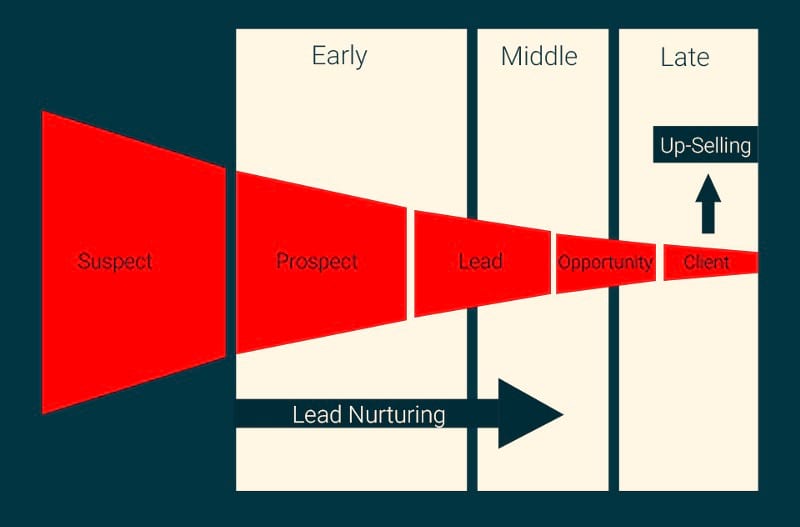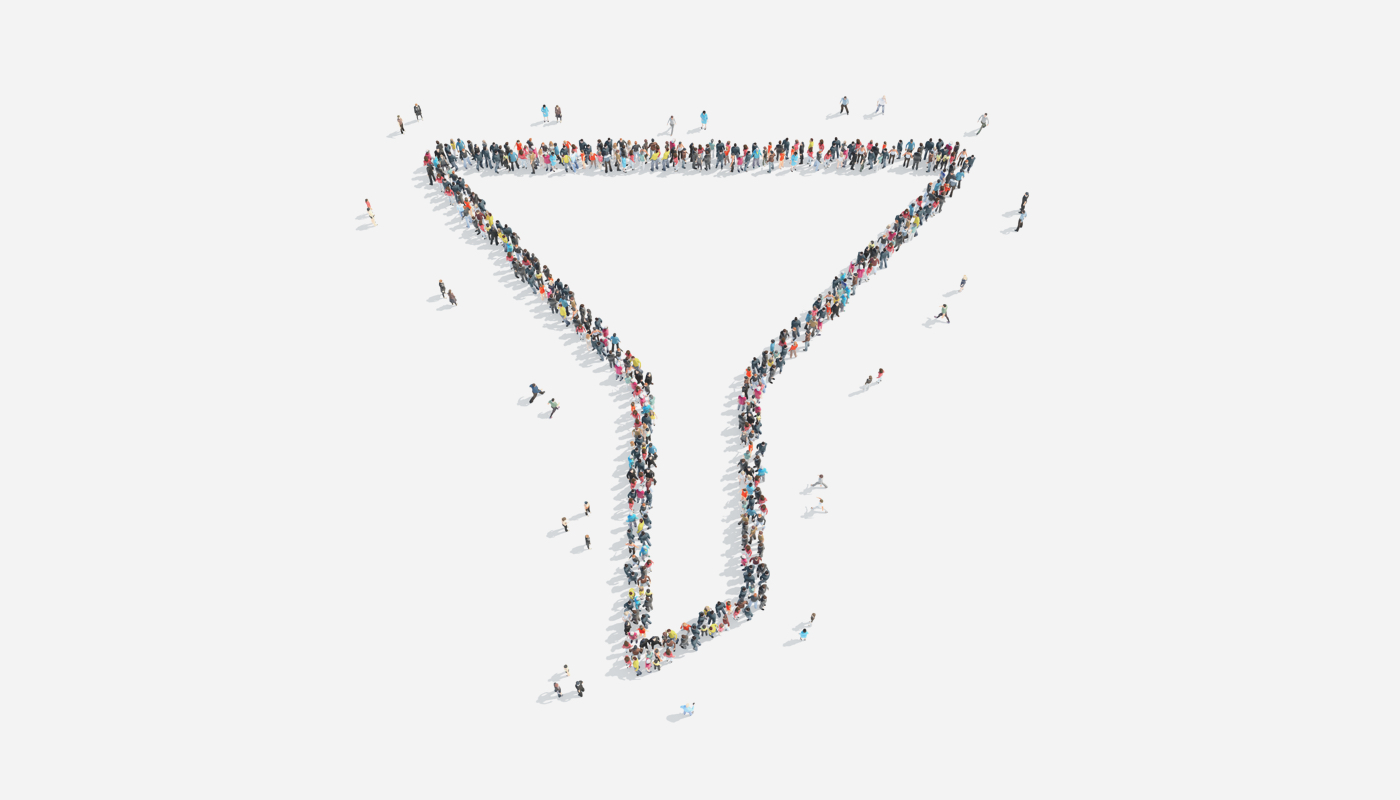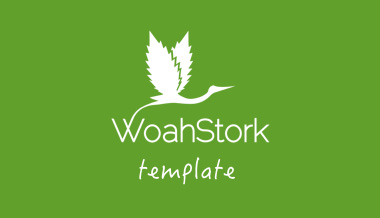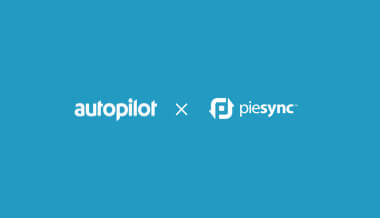February 19, 2019
Sales funnel stages
As a marketer, your aim is to get your customers to hand over their money to your business — and the only way for this to happen is to convince them that they’re making a good investment with your brand.
A marketing and sales funnel is designed to guide your customer to make this all-important decision via a customer journey. This journey takes your customer from the first point of hearing about you (either through your blog or an ad they saw on Facebook) to the final stage where they buy your product or service on a regular basis.
Let’s go through each of the 3 stages in turn:

Source: Samuel J. Woods
The early stage: prospecting
The first stage involves finding ways to get a prospective customer to trust you. In order for this trust to be formed, your customers need to see consistent value from you over time. Prospecting involves getting a customer to receive regular updates from you, either by following your blog or social media accounts. Basically, anything that gets a customer to keep in touch with your brand falls under this umbrella.
The best prospecting tool is an email newsletter. Why? Because not only do you have full control over this channel, you can also quantify customer behavior via the actions they take with your emails. With marketing automation, you can track your customer journey right from this prospecting stage. You can also monitor which users are engaging with your material and who isn’t, allowing you to adjust your strategy as you go along. This Autopilot template can help you get started on tracking email engagement:
The middle stage: converting leads
The second stage is where leads convert to sales opportunities. This is where your customers are locked into your channel, either by subscribing to you or by following you. In this stage, you continue to build trust with your customer, with the goal to eventually convert them to buy one of your products. This involves providing value regularly via free things such as newsletters, podcasts, and other bits of gated content. You can also begin to promote your products using subtle CTA prompts here.
Marketing automation allows you to keep track of how your customers responded to your CTA prompts and get back to them later. For example, if somebody didn’t make a purchase, you can send a follow-up email asking why they didn’t buy — perhaps they weren’t interested in that particular product or maybe they were keen but just didn’t have the money to pay for it at the time.
You can then use your marketing automation software to subtly remind your leads that the products they were looking for are still available for purchase. A good way to do this is through a drip email campaign targeting these engaged leads as shown by the Autopilot template below. Your customers may not buy the first time, but they may buy after seeing the fifth email.
The late stage: maximizing customer lifetime value (CLV)
In this final stage, your leads should be familiar with your brand as they’ve shown a high level of engagement with your content. This is where you should expect to see the bulk of your sales come in.
These people who have already bought from your business are also the most valuable people to your business. Why? Because if they are happy, they are more likely to buy from your business again. We know that it’s significantly cheaper to retain customers than it is to get new ones so investing in maximizing customer lifetime value (CLV) should be a priority. Strategies to increase CLV may include motivating these customers to spend more money per order or increasing sales volume over time.
Using marketing automation to manage your marketing funnel
Marketing automation is designed to go hand in hand with your marketing funnel. Marketing automation enables you to automate the entire customer journey, monitor results at every stage and reduces the amount of time you spend on it. Best of all, marketing automation allows you to know exactly at which point of the customer journey every person in your database is at any point in time. With marketing automation doing all the hard yards for you, all that’s left for you to do now is to tailor your marketing messages to lure your customers into the funnel by crafting compelling copy.













